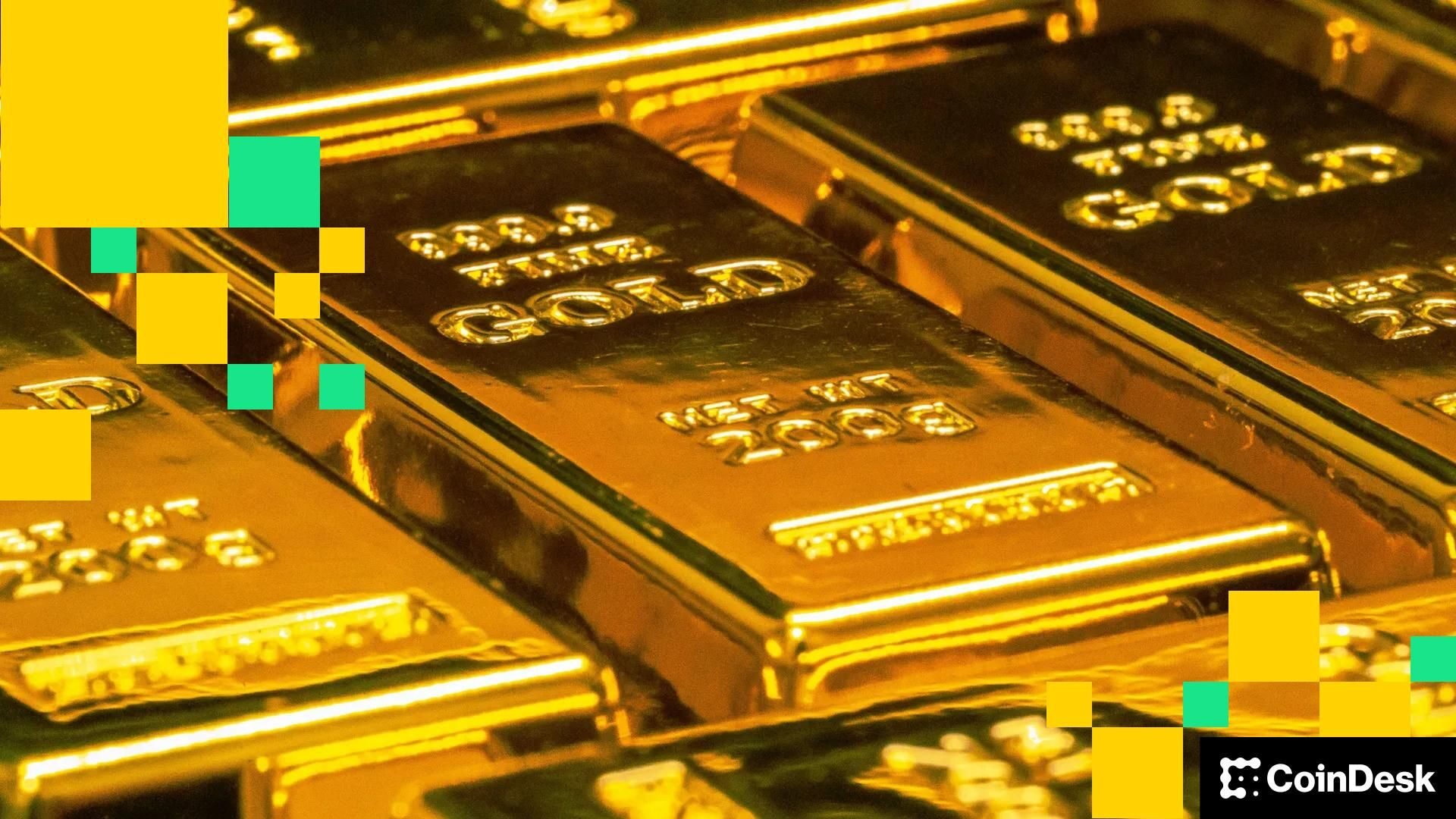In 1993, the first exchange traded fund was launched. At the time, most of Wall Street shrugged. Mutual funds dominated, brokers reigned supreme, and the idea that investors would flock to a new wrapper for index exposure seemed far-fetched. Three decades later, ETFs have reshaped the way the world invests. 15,000 ETFs hold more than $17 trillion in assets globally, power countless retirement portfolios, and are at the very core of financial markets. What began as an experiment is now the default.
Today, we are on the cusp of another revolution of likely greater magnitude. Tokenization of real world assets (RWA) on blockchain rails is not a futuristic thought experiment. It is happening right now. The core idea is simple: take traditional financial instruments — bonds, equities, credit portfolios — and represent them digitally on public blockchains. This makes them programmable, portable, and instantly transferable. In other words, it allows investors to move a US Treasury bond as easily as sending an email.
STORY CONTINUES BELOW
At Janus Henderson, we didn’t wait on the sidelines. Last year we partnered with infrastructure provider Centrifuge to launch a liquid Treasury fund issued directly onchain. In just a few months it grew to more than $400 million in assets under management, as investors sought solutions to bring traditional investments on-chain. Building on that success, we expanded with our flagship JAAA strategy, which has already scaled to $750 million. This is no longer theory: it is live investor capital flowing through new rails.
Of course, skepticism remains in large swaths of traditional finance where arguments focus on regulation, entrenched legacy systems, or lack of investor comfort. But we heard similar doubts about ETFs even as recently as the last ten years when the trend was already fully apparent. And while the arguments shift, skepticism is the leading response to virtually every breakthrough innovation in finance. The truth is that adoption does not happen linearly by entrenched players changing their ways. It happens slowly, then all at once, as industry stalwarts are disrupted to a point they can no longer ignore. The world changes around us, and what seemed niche becomes normal.
Tokenization is different from past attempts to modernize finance, because it is not just a new wrapper or a new distribution mechanism. It is a new foundation. The infrastructure of global capital markets evolves slowly, and has been left behind. Settlements take days when they could take seconds. Costs are embedded in layers of intermediaries. Access is limited via a small club of institutions. Investors and issuers alike are frustrated. Tokenization addresses these frictions directly. By moving assets onchain, investors get instantaneous settlement, radical transparency, and the ability for investment products to be integrated into decentralized finance. In the same way that mobile has led to new business and transformed consumer behavior, blockchain will spawn whole new models of finance.
The implications go beyond efficiency. Tokenization opens the door to a more inclusive financial system. Imagine a teacher in Jakarta holding the S&P 500 in her digital wallet and using that to secure a loan for a new business idea, or a worker in London sending frictionless, interest-bearing micro payments to a family member in São Paulo. Tokenization allows institutions to serve clients who have historically been locked out of the traditional financial system. It also allows institutions who already utilize these investments to completely modernize the way they engage with their assets. It makes those assets more accessible, portable, and usable in a new era of programmable finance.
By providing the rails to issue, manage, and distribute tokenized funds, Centrifuge’s technology has enabled us to bring these products to market quickly and securely. The partnership has allowed a 90-year-old, $450 billion AUM global asset manager to operate with the speed, transparency, security, and interoperability that only blockchain can deliver. The result is a proof point for the coming re-platforming of the global financial system.
The question now is not whether tokenization works. It clearly does. The real question is whether asset managers and regulators will move fast enough to capture the opportunity, or will instead watch as new entrants build a parallel system that better meets the needs of global investors.
The traditional finance industry cannot wait for permission to innovate. The generational technology revolution for finance is not AI, it is blockchain. The technology is mature, the benefits are undeniable, and the momentum is here now. Traditional financial firms face a choice: embrace tokenization and shape the next chapter of global finance, or watch as the transformation happens without us.

